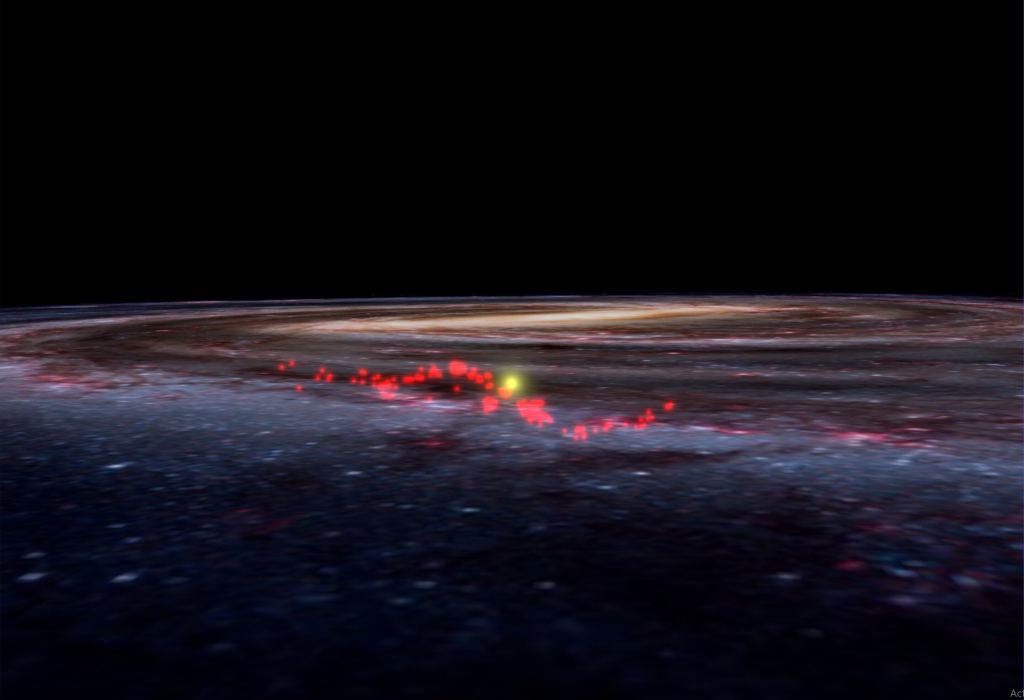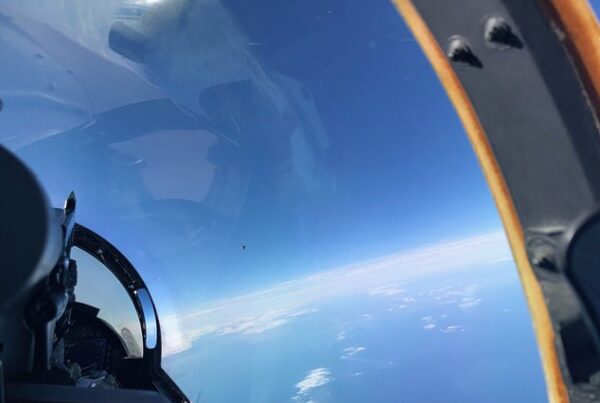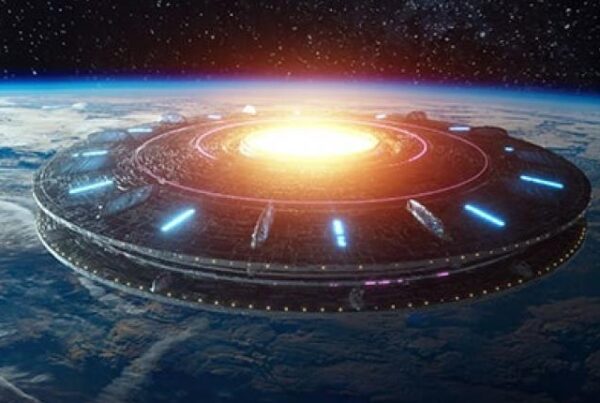
The newly-discovered structure — named ‘Radcliffe Wave’ in honor of the Radcliffe Institute for Advanced Study — is about 9,000 light-years long and 400 light-years wide.
It contains about three million solar masses of gas and comprises the majority of nearby star-forming regions.
Some of these stellar nurseries were previously thought to form part of ‘Gould’s Belt,’ a band of star-forming regions believed to be oriented around the Sun in a ring.
“No astronomer expected that we live next to a giant ... Read even more








